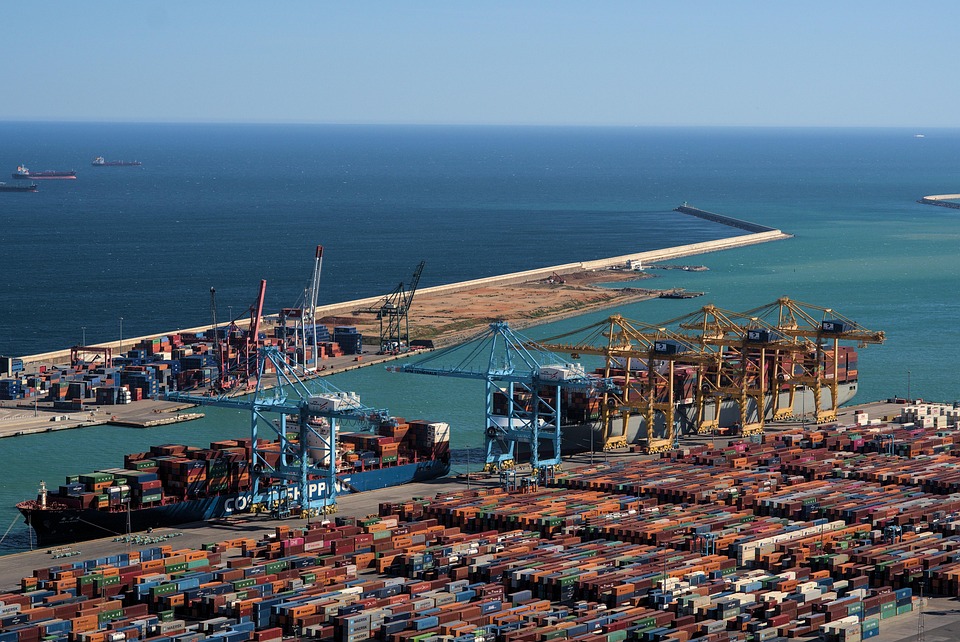Introduction to CPO Prices
Crude Palm Oil (CPO) is one of the most widely consumed edible oils globally, and its prices have been on the rise in recent months. This upward trend in CPO prices can be attributed to various factors, including changes in global demand and supply, weather conditions, and government policies. In this article, we will analyze the reasons behind the increasing CPO prices and their impact on the industry. Source 1: Bloomberg and Source 2: Reuters provide insights into the current market trends.
Global Demand and Supply
The global demand for CPO has been increasing steadily, driven by growing consumption in countries such as China, India, and Indonesia. At the same time, supply constraints, particularly in Malaysia and Indonesia, the two largest palm oil-producing countries, have contributed to the price rise. Weather conditions, such as droughts and floods, have affected palm oil production, leading to a shortage of supply. Source 1: USDA and Source 2: Index Mundi provide data on global palm oil production and trade.
Government Policies and Regulations
Government policies and regulations have also played a significant role in influencing CPO prices. For example, the Malaysian government’s decision to increase the export tax on palm oil has led to a reduction in exports, thereby driving up prices. Similarly, the Indonesian government’s efforts to promote the use of palm oil as a biofuel have led to an increase in domestic demand, contributing to higher prices. Source 1: MPOA and Source 2: Garda provide information on government policies and regulations affecting the palm oil industry.
Impact on the Industry
The rising CPO prices have significant implications for the industry, including palm oil producers, refiners, and consumers. Higher prices can lead to increased profitability for producers, but may also make palm oil less competitive in the global market. Refiners, on the other hand, may face challenges in maintaining profit margins due to higher raw material costs. Consumers, particularly in countries where palm oil is a staple, may experience higher food prices, affecting their purchasing power. Source 1: Fooled by Randomness and Source 2: Bain & Company provide insights into the impact of CPO prices on the industry.
Market Trends and Outlook
The CPO market is expected to continue its upward trend in the coming months, driven by persistent supply constraints and growing demand. However, factors such as changes in government policies, weather conditions, and global economic trends can affect the market outlook. Source 1: Oil and Gas 360 and Source 2: FX Empire provide forecasts and analysis of the CPO market trends.
Conclusion
In conclusion, the rising CPO prices can be attributed to a combination of factors, including global demand and supply, government policies, and weather conditions. The impact of these price increases is felt across the industry, from producers to consumers. As the market continues to evolve, it is essential to monitor the trends and developments that can affect CPO prices. By understanding the factors driving the market, stakeholders can make informed decisions and navigate the complexities of the palm oil industry. Source 1: Palm Oil Explorer and Source 2: RSPO provide resources and information on the palm oil industry.
Frequently Asked Questions (FAQs)
Here are some frequently asked questions about CPO prices:
- Q: What is driving the increase in CPO prices? Source 1: Bloomberg and Source 2: Reuters attribute the price rise to global demand and supply, government policies, and weather conditions.
- Q: How do CPO prices affect the industry? Higher CPO prices can lead to increased profitability for! producers, but may also make palm oil less competitive in the global market. Refiners and consumers may face challenges due to higher raw material costs and food prices. Source 1: Fooled by Randomness and Source 2: Bain & Company provide insights into the impact of CPO prices on the industry.
- Q: What is the outlook for CPO prices in the coming months? The CPO market is expected to continue its upward trend, driven by persistent supply constraints and growing demand. However, factors such as changes in government policies, weather conditions, and global economic trends can affect the market outlook. Source 1: Oil and Gas 360 and Source 2: FX Empire provide forecasts and analysis of the CPO market trends.
These FAQs provide a summary of the key points discussed in the article, highlighting the main drivers of CPO price increases, their impact on the industry, and the market outlook. Source 1: Palm Oil Explorer and Source 2: RSPO provide additional resources and information on the palm oil industry.





